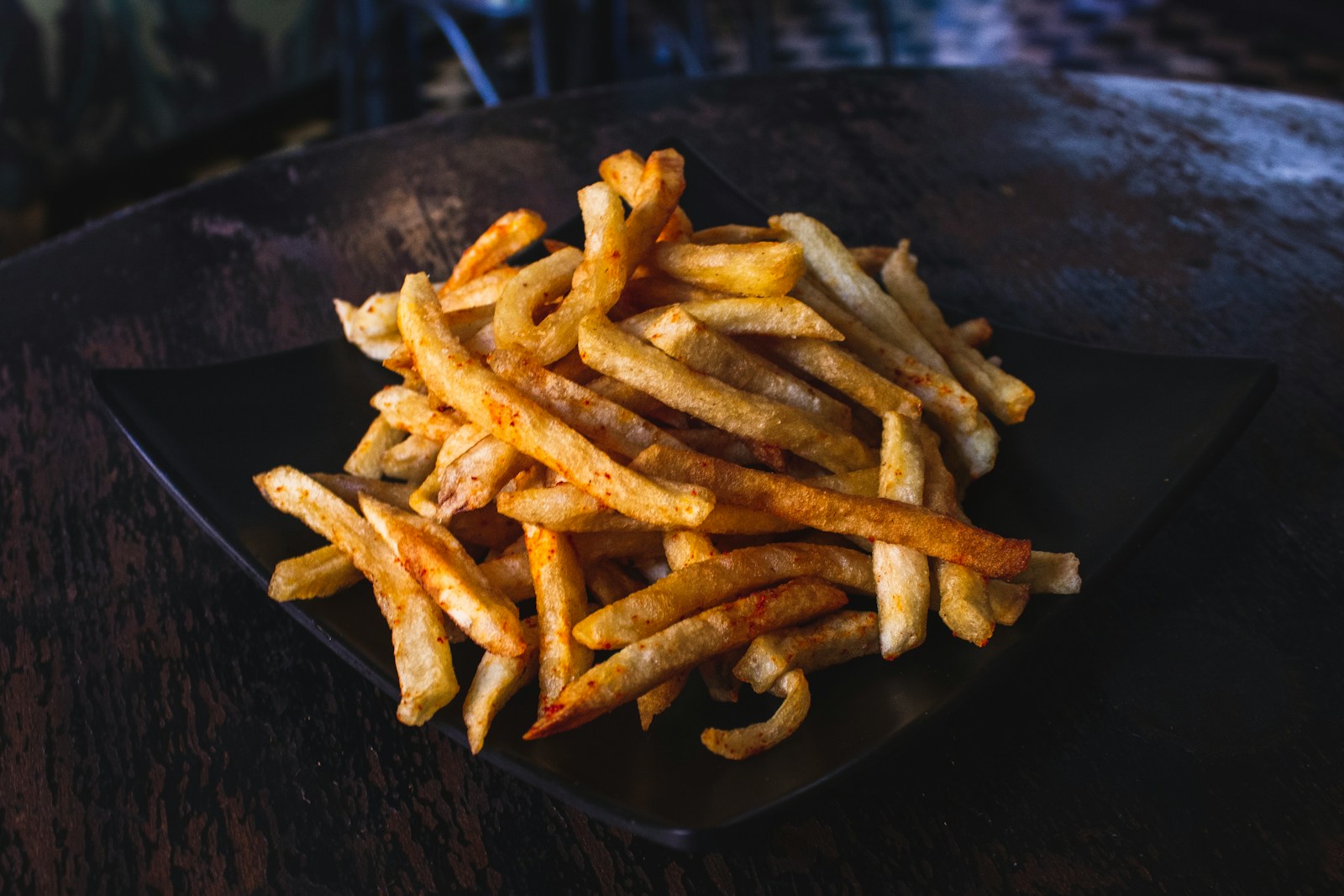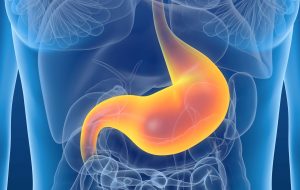Managing blood pressure is a crucial aspect of maintaining overall health, especially as we age. While medication can play a significant role, lifestyle changes, particularly dietary adjustments, can have a profound impact. Let’s dive deeper into the foods you should consider avoiding to keep your blood pressure in check and explore alternatives that can enhance your well-being. Canned soups, with their convenient packaging, often seem like a quick and effortless meal option. However, they are typically loaded with sodium, a known contributor to high blood pressure. Sodium is used not just for flavor but also to extend shelf life. If you’re fond of soups, making them at home allows you to control the ingredients. Try using fresh herbs and spices like garlic, thyme, and basil for flavor without the excess salt. Alternatively, low-sodium canned soups are an option, but always check the label to ensure they meet your dietary needs. Processed meats such as bacon, sausages, and deli meats are staples in many diets but come with a hefty dose of sodium and unhealthy fats. These can contribute to hypertension and other health issues. Consider replacing them with lean cuts of meat, like skinless chicken or turkey, which are lower in sodium and fat. Plant-based proteins, such as beans, lentils, and tofu, are not only heart-healthy but also versatile. They can be seasoned and prepared in various ways to keep your meals exciting and nutritious.
Pickles, often touted for their probiotic benefits, are brined in a high-sodium solution, making them less ideal for those monitoring their blood pressure. If you love the tangy crunch of pickles, try pickling your vegetables at home. Use vinegar, a small amount of sugar, and a variety of spices to customize your pickles to taste without overloading on sodium. Fresh vegetables like cucumber slices, bell pepper strips, and carrot sticks can also provide a satisfying crunch without the added salt.
French fries are a beloved comfort food but are often fried in unhealthy oils, leading to high levels of trans fats. These fats can cause inflammation and have adverse effects on blood pressure and heart health. To enjoy this treat without compromising your health, try baking or air-frying your potatoes. Slice them into wedges, toss them with a small amount of olive oil, and season with herbs like rosemary and thyme for a flavorful side dish.
Fried chicken, much like French fries, is another favorite that can be detrimental to heart health due to its high fat and sodium content. Opt for grilled or baked chicken as a healthier alternative. Marinating chicken in lemon juice, garlic, and herbs before grilling can enhance flavor, making it a delicious and heart-healthy option. Baking chicken breast with a crust of whole-grain breadcrumbs and spices can also offer a crispy texture without the need for frying.
Soda, with its high sugar content, is a major contributor to weight gain and hypertension. Instead of reaching for a sugary drink, try infusing water with slices of citrus fruits, berries, or cucumber for a refreshing beverage. Herbal teas, served hot or cold, are another excellent option. They come in a variety of flavors and offer health benefits without the added sugar.
Energy drinks are often marketed as a quick fix for fatigue, but they’re loaded with caffeine and sugar, which can spike blood pressure. Green tea is a wonderful alternative, providing a natural energy boost along with antioxidants that support heart health. Herbal teas like ginseng or peppermint can also invigorate without the downsides of energy drinks.
Canned vegetables might seem like a convenient choice, but they often contain added sodium. Fresh or frozen vegetables are better options, retaining their nutrients without the excess salt. Steaming or roasting vegetables brings out their natural flavors and can make them more appealing to those who might not typically enjoy them.
Canned fruits are another culprit, often packed in sugary syrups. Fresh fruits or those frozen without added sugars are much healthier. They provide the vitamins and minerals your body needs without causing a spike in blood pressure. A bowl of mixed berries or a sliced apple can be a satisfying snack or dessert.
Pastries such as doughnuts and cakes are high in saturated fats and sugars. These ingredients not only contribute to weight gain but also elevate blood pressure. Swap them out for snacks like fresh fruits or a handful of nuts. Both offer fiber, vitamins, and healthy fats that can satiate your sweet tooth in a nutritious way.
Commercial baked goods, including muffins and cookies, are often filled with trans fats and sugars. Baking at home allows you to choose whole grain flours and natural sweeteners like honey or maple syrup. This way, you can enjoy your treats without compromising your health. Try adding nuts, seeds, or dried fruits to your recipes for added nutrients and flavor.
Chips, with their addictive saltiness, are high in sodium and unhealthy fats, making them a poor choice for blood pressure management. Consider making your own veggie chips at home. Slice vegetables like zucchini, sweet potatoes, or kale, season lightly, and bake until crispy. These homemade chips offer a nutritious and satisfying alternative.
Pretzels, another popular snack, are often high in sodium. Unsalted nuts and seeds provide a crunchy texture and are rich in heart-healthy fats. Almonds, walnuts, and sunflower seeds are excellent choices, offering fiber and protein to keep you full and energized.
Additional Tips for Managing Blood Pressure Through Diet
Reading Labels
Understanding food labels is crucial when managing your sodium intake. Look for products labeled “low sodium,” “reduced sodium,” or “no salt added.” Aim for foods that contain less than 140 mg of sodium per serving.
Cooking at Home
Cooking at home more frequently allows you to control what goes into your meals. Use fresh herbs and spices instead of salt to enhance flavor. Experiment with different cuisines that naturally incorporate low-sodium ingredients, like Mediterranean or Japanese dishes.
Portion Control
Even healthy foods can contribute to high blood pressure if consumed in large amounts. Be mindful of portion sizes, and try using smaller plates to help manage intake.
Hydration
Staying hydrated is essential for blood pressure regulation. Water should be your primary beverage, but you can also enjoy herbal teas and infused waters. Limit beverages that are high in caffeine or sugar.
Regular Monitoring
Keep track of your blood pressure regularly. Home blood pressure monitors are widely available and can provide insight into how your dietary changes are impacting your health.
Common Mistakes and How to Avoid Them
- Ignoring Hidden Sodium: Sodium lurks in many processed foods, even those that don’t taste salty. Always check labels and be aware of sodium content in condiments, sauces, and even bread.
- Relying on Processed Foods: Convenience often comes at a cost. Processed foods are typically high in sodium and unhealthy fats. Whenever possible, prepare meals at home using fresh ingredients.
- Overlooking Portion Sizes: It’s easy to consume more than intended, especially when eating out. Start with smaller portions, and listen to your body’s hunger cues.
By making these thoughtful dietary changes and being mindful of the foods you consume, you can effectively manage your blood pressure and support your overall health. Remember, small, consistent changes can lead to significant improvements over time.




